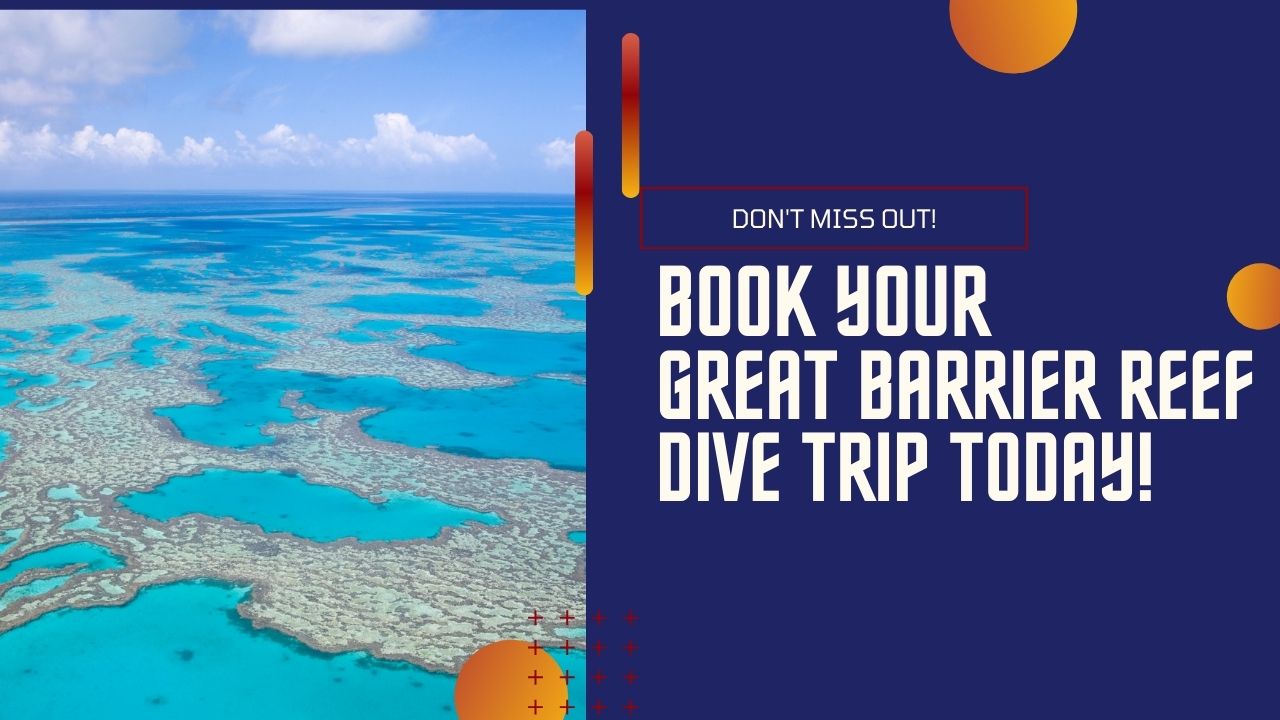You have 0 product(s) in your cart.
Abyss Scuba Diving
Peter's Top 3 Favorite Dive Sites On The Great Barrier Reef
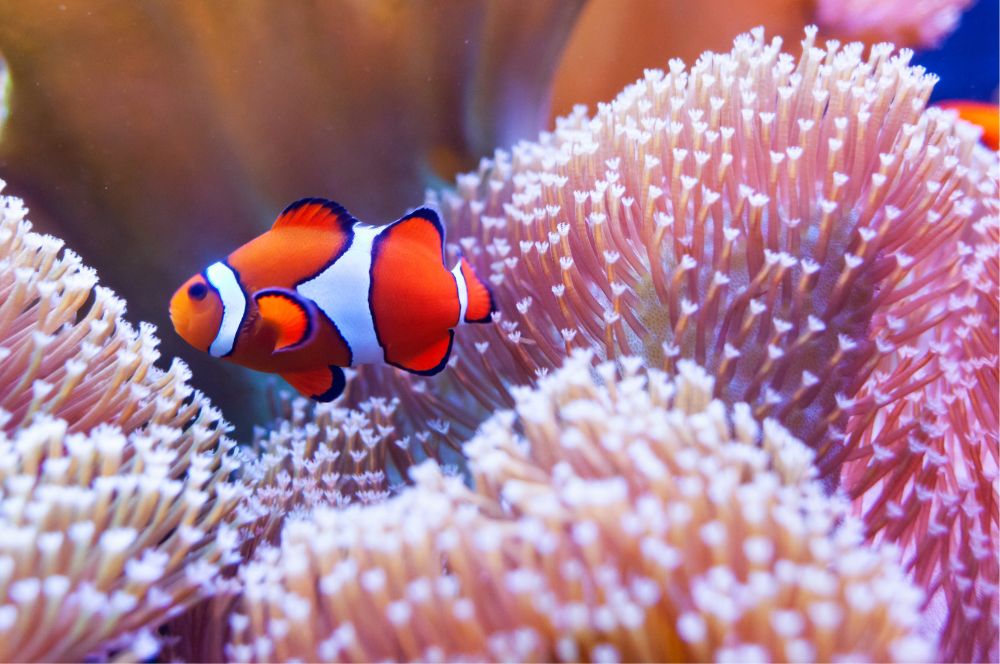
Peter's Top 3 Favorite Dive Sites on the Great Barrier Reef
The Great Barrier Reef is one of the most amazing places on Earth, and scuba diving there is a truly incredible experience. There are so many different dive sites to choose from, each with its own unique set of features and marine life.
Over the last 30 years, I have made around 500 dives at a broad range of locations on Queensland's great barrier reef - from Lady Elliot Island in the south to the wreck of HMS Pandora in the Torres Strait in the far north. Places like Raine Island, with its tens of thousands of nesting turtles, never cease to amaze me. I am always impressed by the size of the potato cod at the Cod Hole. From all these dives, I have distilled my choice down to my three favourite dive sites on the great barrier reef.
Marine Life on the Great Barrier Reef
One of the main reasons I love diving in Australia's Great Barrier Reef is because of all the incredible marine life. And not just little fish, but huge potato cod, whales, and manta rays! Spinner Dolphins, ancient Green Sea Turtles, and various types of sharks are also prevalent in this area. Every time I dive, I see something new and amazing.
When deciding which dive sites on the great barrier reef are my favourite, I am mostly drawn to areas where there is a high concentration of large and interesting marine life.
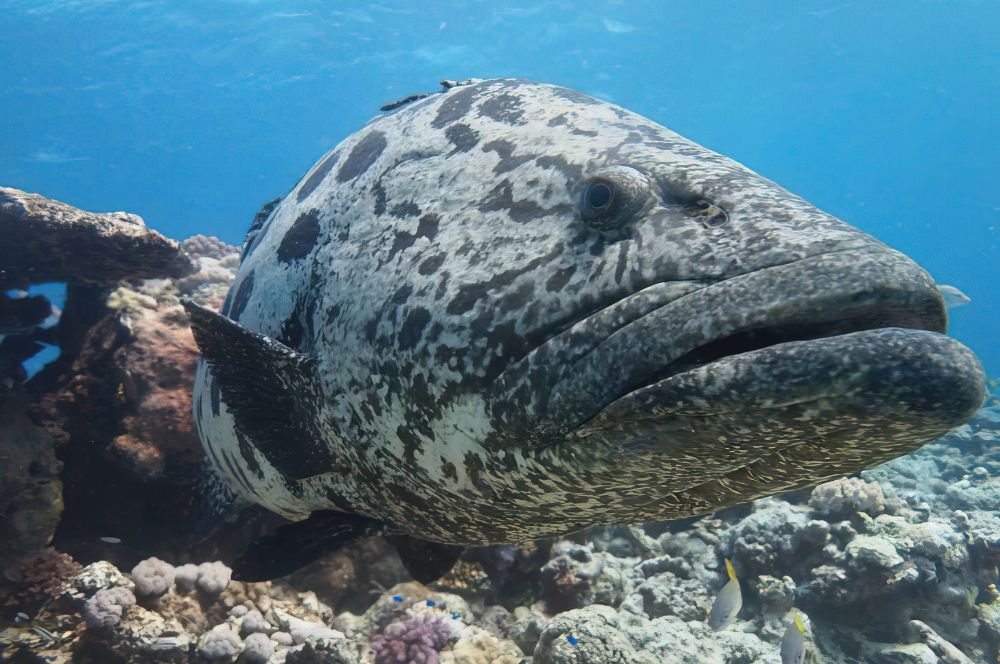
After 30 years of scuba diving the reef, here are my three best diving sites on the great barrier reef, which I choose before all others.
North Horn on Osprey Reef
Osprey Reef in the coral sea is an amazing place to go scuba diving, but to be truly accurate, it's not truly part of the Great Barrier Reef system! Because the reef is in the coral sea,500 km past the outer reef, it's only accessible by liveaboard dive boat. The reef itself is 2000 metres high and 30 kilometres long - making it one of the biggest reefs in the area. And with underwater visibility ranging from 30 to 60 metres, diving at Osprey Reef is truly a once-in-a-lifetime experience.
Osprey Reef is home to many great dive sites; I was fortunate enough to see a dwarf nautilus, a living fossil, while scuba diving at the Admiralty Anchor dive site. This is one of many excellent diving locations on Osprey Reef, all teaming with marine life.
Osprey Reef's North Horn has been a buffet for reef sharks for the past 30 years, and it is also an amphitheatre underwater that lets divers see lots of various kinds of sharks up close. You might see whitetip sharks, grey reefs, grey whalers, grey reef sharks and white tip reef sharks, sometimes even ocean-going toothy predators like hammerheads and tiger sharks come in for a look!
Sometimes operators run controlled shark feeds to counteract the natural reaction of sharks to avoid divers, and the results are spectacular! Apart from sharks, you also see barracuda, dog tooth tuna, mackerel, various cod species, and rainbow runners. North Horn is one of the most amazing dive sites not only for its superb visibility (up to 40 metres) but also for the variety and number of sharks that call it home.
The North Horn dive is best suited to experienced divers.
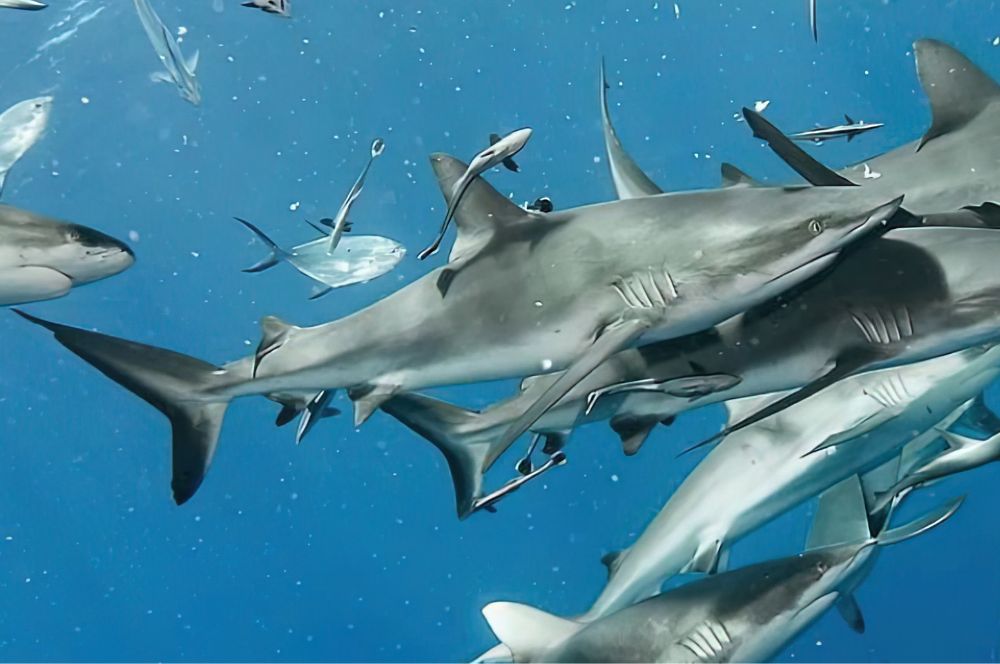
Steve’s Bommie Dive Site
Steves Bommie is located just inside the entrance point of Ribbon Reef 2 and 3 on the great barrier reef. It is named after a divemaster who died in a snorkelling accident and for whom there is a plaque on the bommie. The bommie itself is around 10 meters square on the top and offers plenty of opportunities to see a wealth of sea life.
To get the best out of this dive site, go to about 18-20 m (you can get down to 35m) and then start circumnavigating the bommie, slowly spiralling up at the same time. It takes about 20 minutes to do one complete circuit of the bommie.
Though small, this lively site is sea life-goatfish, snappers, fusiliers, coral trout, and giant trevally in great numbers. You'll find pipefish camouflaged as they await their prey. By looking closely into the cracks and crevices, you can spot many types of nudibranchs that remain still and shell-less fish called pipefish. Divers will also see reef sharks, barracuda, and sea snakes while diving here. However, the reef is also home to smaller fish like invertebrates such as crabs or shrimps.
The wonderful thing about Steve’s Bommie is that it is suitable for scuba divers of all levels so that everyone can enjoy the experience. Whether you are a beginner or an experienced diver, Steve’s Bommie is a great dive site that offers something for everyone. Be sure to put Steve's Bommie on your list of Great Barrier Reef dive sites.
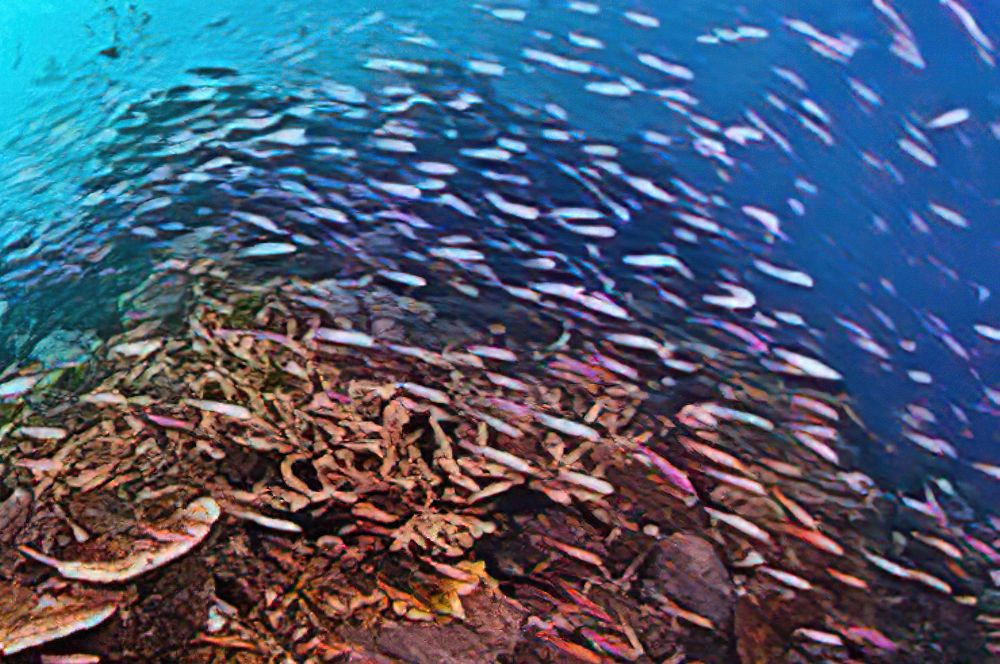
Lady Elliot Island
Lady Elliot Island is a coral cay located at the southern tip of the World Heritage Listed Great Barrier Reef. Situated within a highly protected ’Green Zone’ the island is a sanctuary for over 1,200 species of marine life and is known for its abundance of manta rays, sea turtles, reef sharks and an amazing array of spectacular marine critters and unspoilt coral reef.
The advantage over a liveaboard is that you are on an Island, so between dives, you can get involved in other activities. These include snorkelling, swimming, sunbathing, bird watching or just relaxing and taking in the natural beauty of the island.
The main reason I so much love diving Lady Elliot is because of the manta rays.
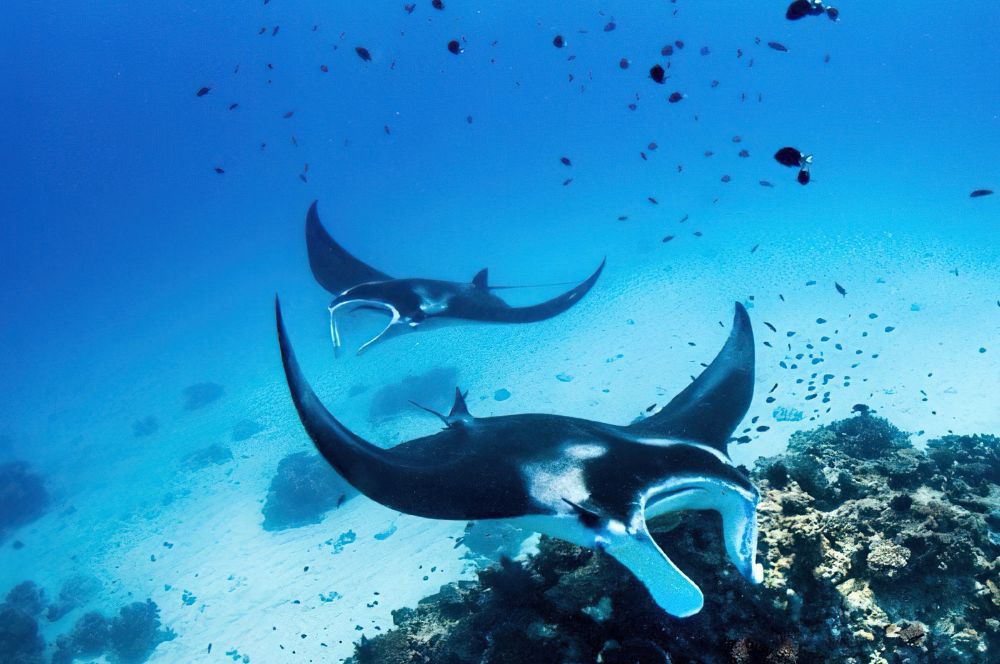
The home of the Manta Ray
Scuba divers from all over the world come to Lady Elliot Island to experience diving with these gentle giants. can grow up to 5 metres wide but don't have any stingers or sharp teeth.
The best time of year to see them is during winter, from June until September.
Lady Elliot Island accounts for 70% of all manta sightings on the East coast of Australia!
When diving at Lady Elliot, scuba divers might be lucky enough to see these giants of the ocean feeding on the surface of the water
They open their mouths wide to ingest plankton. Another behaviour you might witness is courtship in the form of a manta train. This happens when several males follow one female.
Lady Elliot Island is perfect for those who want to scuba dive no matter their level of Experience.
If you get the opportunity to dive the Great Barrier Reef, then be sure to check out my favourite sites.
RELATED POSTS
-
Scuba Dive Cairns - The Ultimate Great…
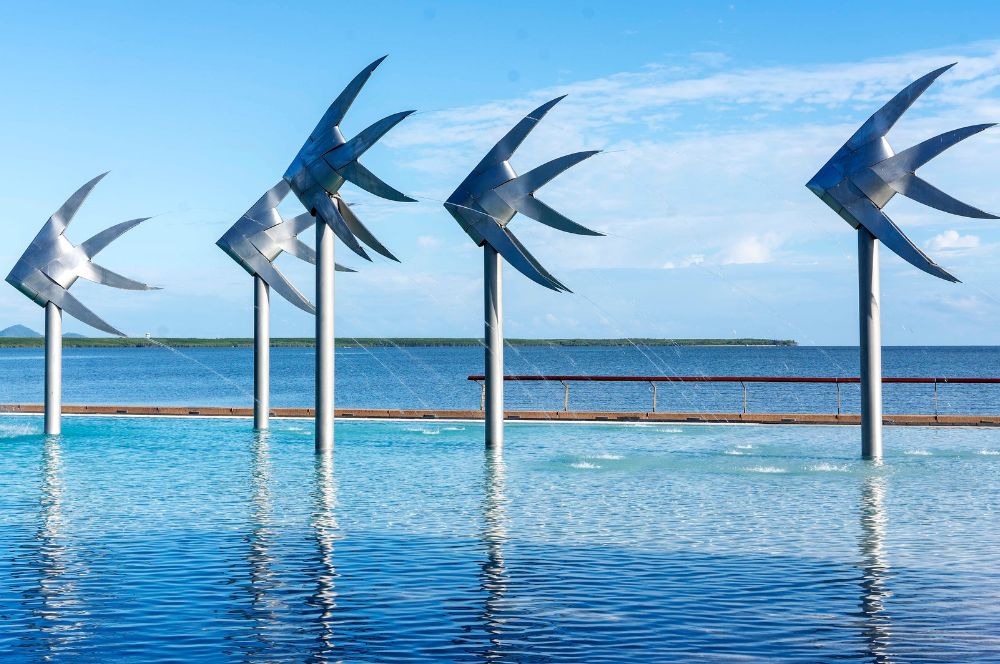
Scuba Dive Cairns -…
Scuba Dive Cairns The Ultimate Reef Experience Looking for an exciting scuba diving or snorkelling adventure? […] -
Scuba Diving in Australia
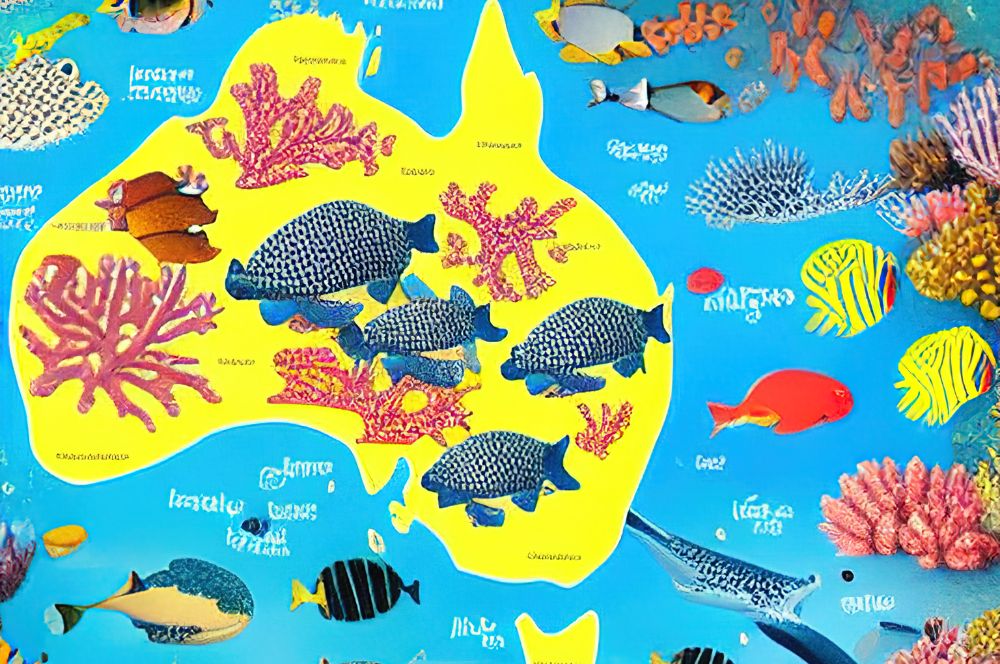
Scuba Diving in Australia
Scuba Diving in Australia Divers in Australia are spoilt for choice when it comes to world-class dive sites. […] -
Great Barrier Reef - 7 Natural Wonders…
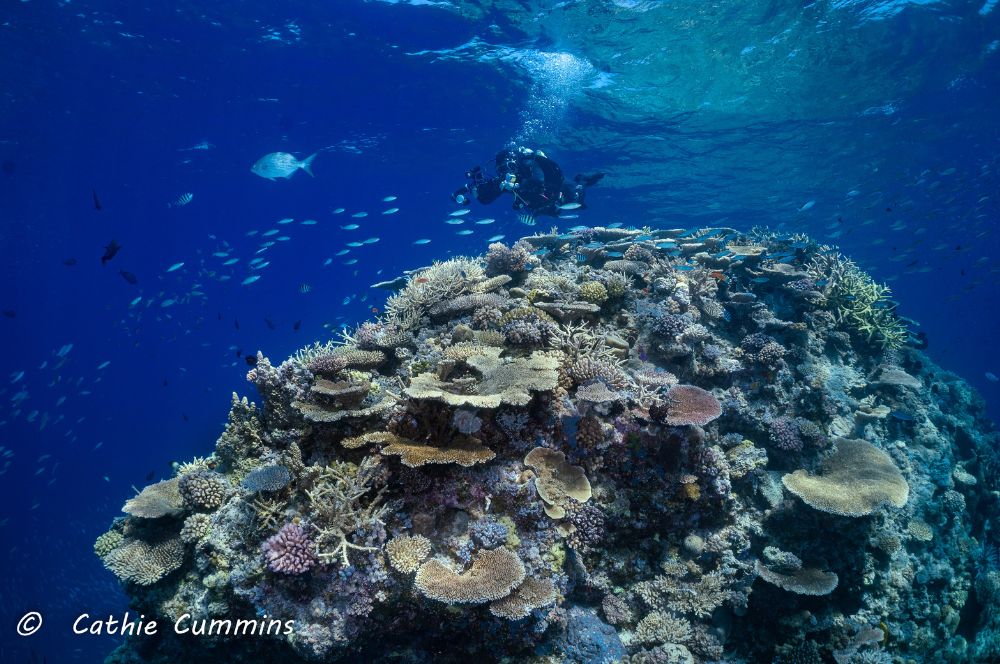
Great Barrier Reef…
The Great Barrier Reef is still one of the Seven Natural Wonders of the World. Dr Terry Cummins. OAM, PhD […] -
Should I Get Certified to Dive Before…

Should I Get Certified…
Should I Get Certified to Dive Before Going to The Great Barrier Reef? As the world’s largest coral […]
Recent Posts
